
Children with cancer tended to feel less anxiety after undergoing four sessions of creative art therapy, recent research showed.

Children with cancer tended to feel less anxiety after undergoing four sessions of creative art therapy, recent research showed.
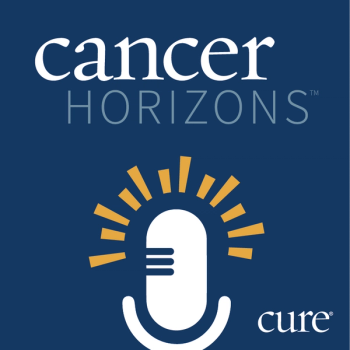
From Jimmy Buffett's death to the chemo shortage and cannabis use in cancer care, here is a look back at some of our most popular oncology stories from 2023.

The use best use of opioids or NSAIDS may vary based on the type of pain patients with cancer are experiencing, recent research found.

Breast cancer treatment can disrupt patients’ quality and quantity of sleep, leaving them fatigued and restless during the day.
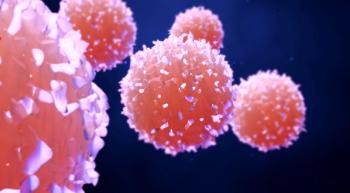
A recent study showed that incorporating immunotherapy checkpoint blockade into treatment before and after surgery can increase treatment-related side effects.
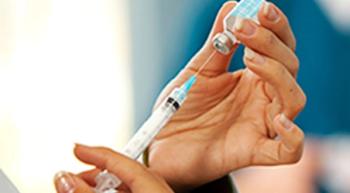
The FDA granted an orphan drug designation for the novel drug, NT-17, to treat people with acute radiation syndrome.

Receiving palliative care is important for adolescent and young adult patients, as they experience a time of identity development, an expert told CURE®.

A phase 3 trial found that testosterone recovery after androgen deprivation therapy leads to better quality of life following high-risk prostate cancer.
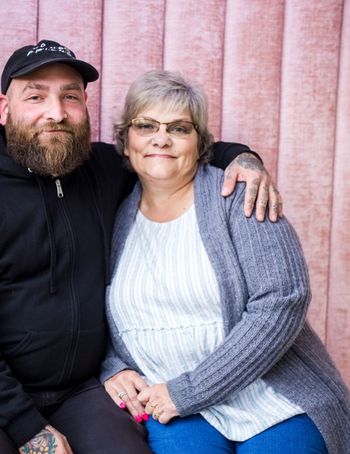
Managing side effects from lung cancer treatment with dose reductions is an approach experts have been using more, even though some patients voice concerns about lowering a drug’s impact on the disease.

One expert explains why palliative care for patients with cancer “is about aligning the patient's goals and the family's goals with the therapeutic goals.”
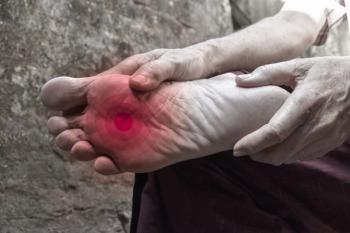
The benefit of neurofeedback by a closed-loop brain-computer interface was prominent when treating chemotherapy-induced peripheral neuropathy in patients with breast cancer.
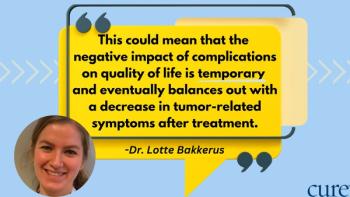
Adding debulking surgery to chemotherapy did not cause a significant decrease in health-related quality of life for patients with metastatic colorectal cancer, research showed.

More than half of patients may experience PMPS, a type of chronic nerve pain, following mastectomy and breast surgery.
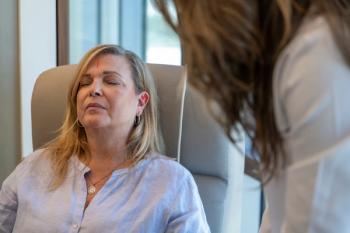
“Integrative therapies can be utilized at any point along the cancer spectrum from diagnosis, throughout treatment and into survivorship,” an expert said.
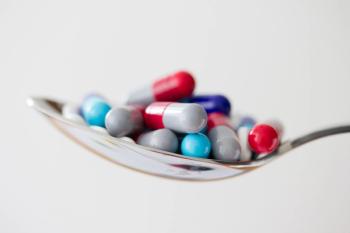
A new phase 2b/3 trial was approved to study of S-pindolol benzoate to treat cachexia, a wasting disease associated with cancer.
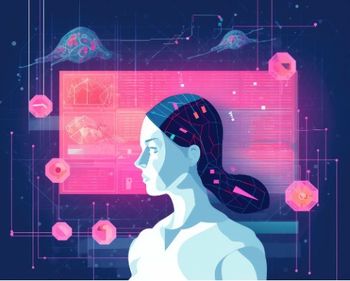
New preoperative and postoperative models can help identify those at high risk of breast cancer-related lymphedema following surgery.

The recent publication of a guideline recommending mindfulness-based interventions highlight how important it is as a tactic to address symptoms of anxiety and depression in patients with cancer.

Patients experiencing chemotherapy-related cognitive impairment may forget where they put things or even stop paying their bills, an expert said.
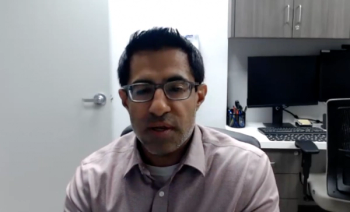
Wearable fitness devices can offer valuable insights for patients with cancer and the doctors treating them.

Exercise was shown to reduce chemotherapy-induced peripheral neuropathy in ovarian cancer survivors, according to findings from a recent study.

A majority of women with a history of colorectal cancer experience long-term gastrointestinal symptoms, which may be associated with psychological distress, according to recent research.
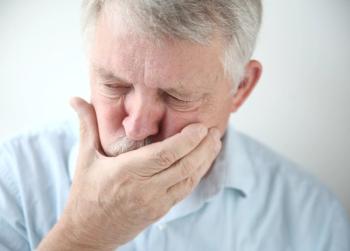
Patients with nasopharyngeal carcinoma treated with concurrent chemoradiotherapy reported higher quality of life and were less likely to experience vomiting when receiving fosaprepitant every week as opposed to every three weeks.

A study of patients with cancer found that more than a quarter were using cannabis, and those who did so were likely to report having experienced more severe symptoms.
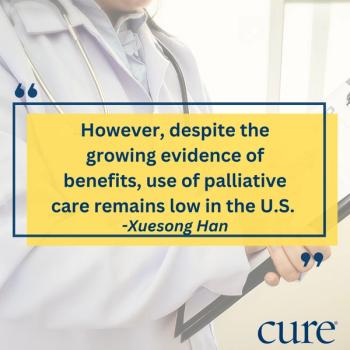
Palliative care can benefit patients with advanced cancer by integrating advanced care planning, pain and symptom management and counseling, among other aspects.
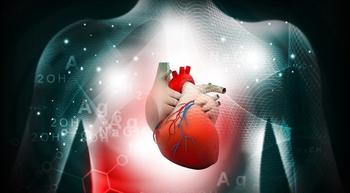
Adolescents and young adults undergoing VEGF treatment for nonmetastatic, high-risk renal cell carcinoma may still experience heart-related conditions like left ventricular systolic dysfunction and high blood pressure.

While inflammation may not be associated with certain cancer-related symptoms, it can impact depression and physical activity levels in anyone, recent research showed.
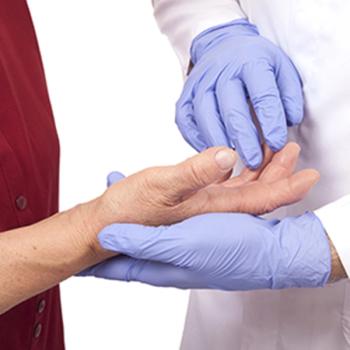
Cryotherapy may reduce the occurrence of peripheral neuropathy in patients with breast cancer undergoing chemotherapy with paclitaxel and nab-paclitaxel, according to recent findings from an analysis.
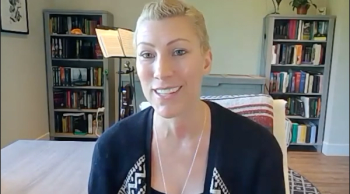
Kim Stuck credits her cannabis use to the fact that she maintained her weight, was able to work out and was not in pain during breast cancer treatment.

After chemo treatment, my nails were like tree trunks — showing ages and environmental stress with ridges.

Kim Stuck, who was diagnosed with breast cancer last year, says she "couldn’t even imagine not having cannabis during that time."